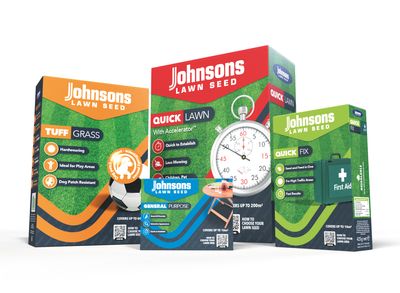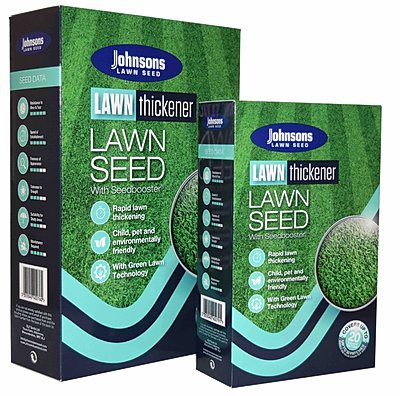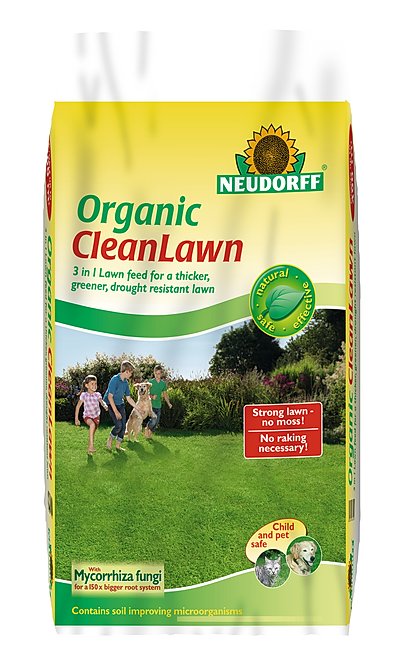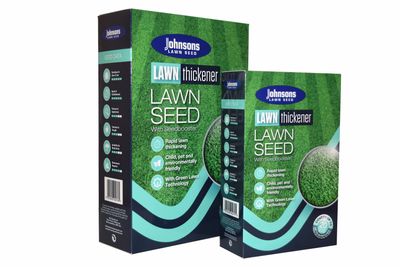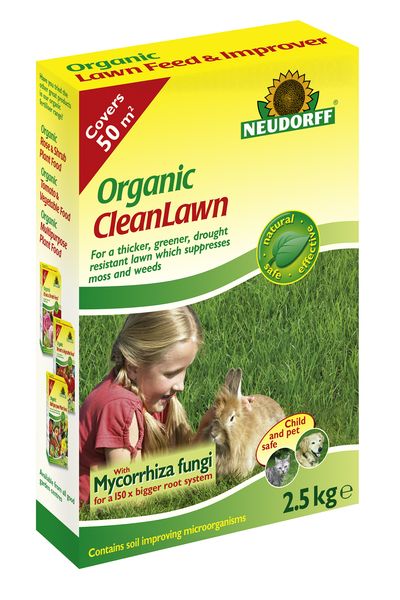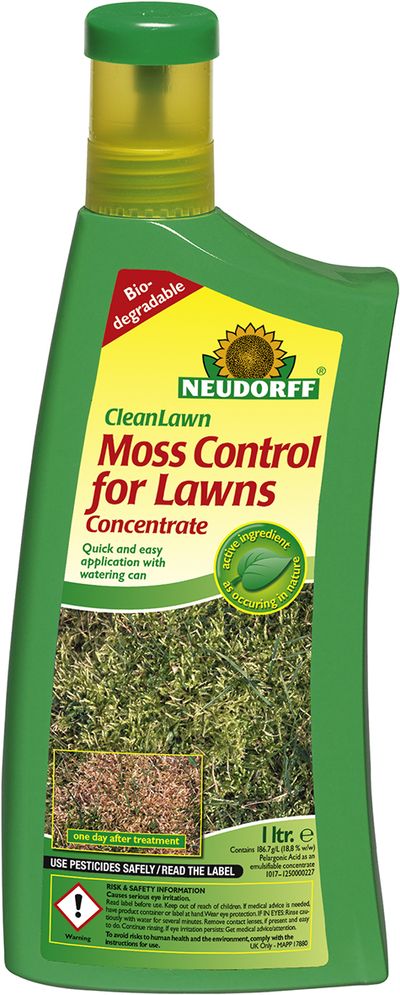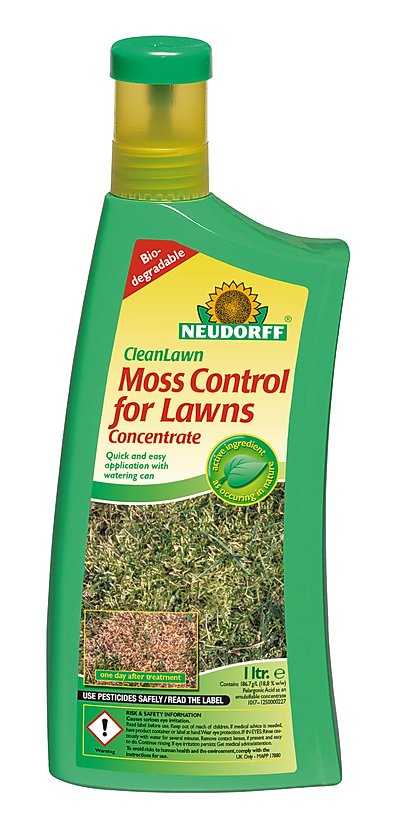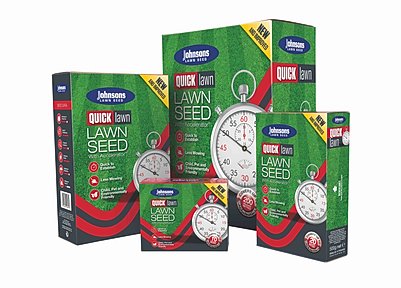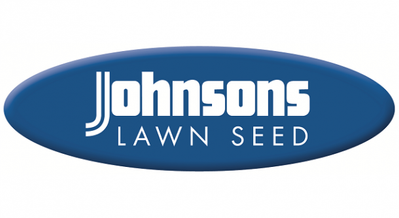Lawn Doctors to the Rescue!
Published:
Read Time: 5 mins
Expert Advice from Johnsons Lawn Seed
The average lawn or allotment can be prone to a variety of pestilence and other problems, which are preventable with good care and maintenance, or can be fixed with the right form of treatment. The experts at Johnsons Lawn Seed take a look at some of the common problems which can blight lawns and advise on how to solve them.
Weeds are usually the most pressing problem for seasoned and newbie gardeners alike, sprouting as soon as the temperature outside creeps a few degrees past freezing and seemingly never resting until autumn comes around. Whether it’s grassy imposters like crabgrass, broadleaf and flowery varieties such as dandelions or hard to handle sedge, rare is the lawn (or gardener) that doesn’t suffer from weeds. Some of these are perennials, returning as soon as temperatures hit a certain degree each spring, whilst others die off after their year on earth.
Hero Weeds
Not all weeds are created equally and there are some that might present themselves as your enemy but are very good friends to pollinating insects including bees and butterflies. As people become more environmentally-aware, the benefits of plants like dandelions, which are actually very nutritious as well as being great for insects, are coming to their awareness.
Dandelions are strong, however, and can easily outperform grass if left to their own devices. If you want to encourage pollinators whilst also having a lawn fit for personal use, you can designate certain patches for wilding and mow around them. The rest of your flowers and other plants will certainly thank you, as will the rest of mother nature.
Villain Weeds
Well outside the category of ‘desirable weeds’ is crabgrass, which has a year-long life cycle and can grow anywhere there’s grass, especially in clay soils and compacted lawns. Keep soil well aerated and avoid applying too much ‘quick green-up’, nitrogen-rich fertilisers, which crabgrass thrives on.
If you use a pre-emergent lawn treatment it will kill off freshly seeded turf grass as well as any weeds that might be germinating, so leave an eight-week gap between jobs. Once crabgrass has emerged you should remove when the plants are as young and small as possible, ensuring you get all the roots up. Don’t try to tug out big growths of crabgrass or you’ll make a big hole and give the seed heads somewhere good to grow. You should also keep this beast off your compost heap or its seeds will keep on spreading! Tolerate big clumps until autumn, let it die off naturally then make a fresh start the following spring.
Overseeding threadbare patches on your lawn in Autumn with Johnsons Lawn Thickener or Quick Grass will help prevent crabgrass from returning. See our handy Overseeding guide for more details on how to do this important gardening job. Perennial rye grass is the best composition for deterring crabgrass and also helps keep off small bugs.
Some grassy weeds are perennial, including quackgrass, creeping bentgrass and niblewill. You can’t control these without also killing off lawn grass, all you can do is pull them up thoroughly and reseed the affected areas.
Yellow Sedge
is another villain of the weed world. It frequently masquerades as grass, but you can distinguish it by the triangular stem, whereas grass has a round stem. Sedge is also brighter, glossier and yellower than grass, with stems that stand more erect. It is fast growing and competitive with turf, grows quickly and will battle your grass for light and nutrients all summer. If allowed to infect vegetable crops it can reduce production to nothing. You can try to pull up sedge while it is young and tender in spring, but this won’t deal with the big tuberous roots which can survive for years underground. Unlike other weeds, the best solution for sedge is usually to apply a specialist herbicide. Ask your local garden centre or nursery which products are best suited to this troublesome weed.
DISEASES
Prevention is better than cure when it comes to lawn diseases and good nutrition through products like Neudorff’s Organic Clean Lawn is often the best way to strengthen grass. Grass becomes vulnerable to disease in adverse drought or flood conditions, fallen leaves or other debris, over-compaction or moss cover. The most common forms of lawn disease are fungal in nature, attacking grass and starving it of nutrients. Funguses can weaken grass plants, cause discolouration or kill them off completely.
Rust is one of the oldest diseases affecting lawns and other grasslands in the UK. It is most likely to occur in the warm, wet weather of early spring or autumn and most people aren’t necessarily aware of it as a disease, they just think their lawn is looking off-colour and sorry for itself. Disease-resistant grass seed will help prevent rust, as will optimum levels of phosphorus and potassium.
Red Thread is very common and identifiable by the protruding fine needles which give a reddish tinge – or even masses of pink mycelium - to infected grass. It thrives in humid conditions but can also appear if you neglect your lawn through under-feeding, poor cutting, compaction or thatching. A good care regime and regular organic feed throughout Spring/Summer will help keep it at bay.
Microdochium Patch (Fusarium) is a common fungus that thrives in cold, damp conditions with poor air circulation. The Yellow patches can get up to a foot in diameter, whereupon they turn brown and can kill off grass completely if left untreated. Enclosed lawns that are heavy with thatch and have poor drainage are most vulnerable so makes you scarify and aerate grass to prevent fusarium from establishing.
Snow Mould also thrives under the cool, damp conditions of Autumn or Winter, especially under snow cover, which helps incubate the mould. The best way to stop keep it at bay is to aerate as soon as possible once snow has melted with a hollow-tine fork. Apply a good lawn fertiliser such as Neudorff’s Organic CleanLawn to help make grass more resilient.
Also known as leaf blight or net blotch, Leaf Spot spreads fast in warm, humid weather and can be caused by a variety of fungi. Keeping grass well fed and watered will give it the strength to fight off this disease, along with scarifying and aeration. Don’t cut the grass too short or it will be more vulnerable to infection.
MOSS
Moss needs tackling early in the year and the simplest way to deal with it is with a good organic moss killer such as Neudorff’s CleanLawn Moss Control for Lawns Concentrate. Biodegradable and based on the active ingredient pelargonic acid, this moss killer offers fast, visible results. If the weather has been relatively dry and settled, you can rake up the worst patches of moss first before applying the treatment.
Find out more
To find out more about Johnsons Lawn Seed products please visit http://www.johnsonslawnseed.com/product-range.aspx
Ends
Editors notes
Established in 1820 Johnsons Lawn Seed is the oldest lawn seed brand in the UK with a long and prestigious record of product innovation and grass breeding.

